Myrtle: [Properties, Growth, Fruit, Types and Care]
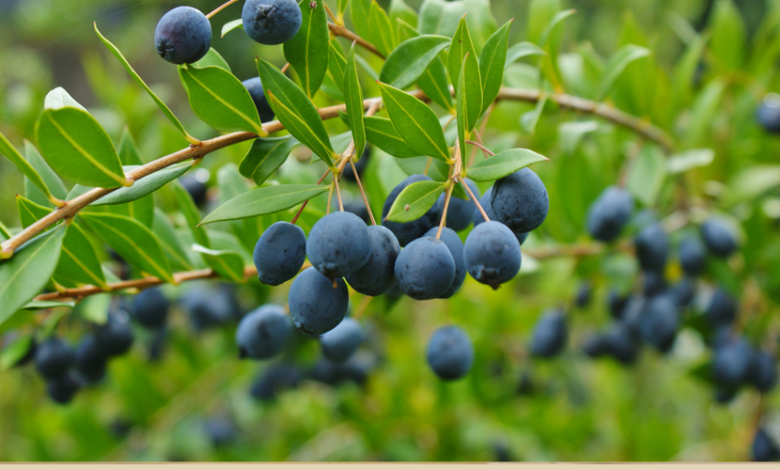
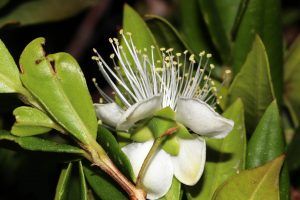 Myrtle is a very beneficial plant to have at home because it is useful for different tasks: as a hedge, for its wood and for its medicinal properties.
Myrtle is a very beneficial plant to have at home because it is useful for different tasks: as a hedge, for its wood and for its medicinal properties.
It is an evergreen species with a lot of resistance, so it can be planted in full sun and even withstand some light frost.
Despite not being particularly attractive as an ornamental plant, it is capable of producing flowers that leave something to say. If you have never heard of it or are looking to learn more about it, here below we leave you everything you need to become an expert in myrtle.
What is myrtle?
The myrtle is a perennial plant that grows in the form of a bush, reaching up to 3 meters in height.Its scientific name is Myrtus and its family includes 3 species with more or less similar characteristics.
It produces bright green leaves that also give off a rich aroma, managing to set the spaces where they are .
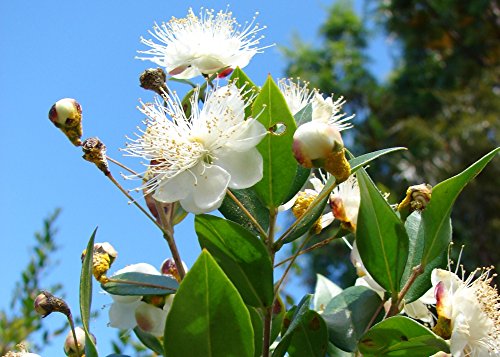
A similar case applies to the flowers that contrast with their white color and their penetrating aroma, although perhaps their most outstanding part are the outstanding stamens. These flowers appear during the summer, extending until fall, which is ideal to keep the garden decorated for a long time.
What is myrtle for?
The myrtle can have different uses due to its characteristics:
- Uses in the garden: only by sowing can the garden be given various uses, since it is capable of creating a striking environment. Sometimes they are planted in large pots that are later placed at strategic points on the terraces or balconies to set the mood. They are also capable of adapting as hedges to create divisions or garden design.
- On a medicinal level: the myrtle has a series of active ingredients that have been used throughout history to treat health conditions related to colds, pain, among others.
- Uses of the wood: The hardness of the wood is useful for the manufacture of charcoal and for designs in carpentry.
- Uses for the aroma: due to the rich smell emitted by its leaves and flowers, it is used in the field of perfumery.
What are the properties of myrtle?
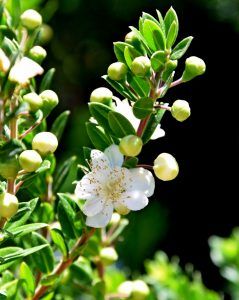 The myrtle has an internal composition that attributes medicinal properties to it. These components include myrtilene acetate, methyleugenol, tannins, α-pinene, phloroglucinols and, of course, essential oil.
The myrtle has an internal composition that attributes medicinal properties to it. These components include myrtilene acetate, methyleugenol, tannins, α-pinene, phloroglucinols and, of course, essential oil.
This has allowed it to be useful for treating respiratory system problems, since it is an expectorant and combats coughing attacks. It is useful in diagnoses such as bronchitis, asthma, sinusitis, pharyngitis, among others.
In the case of the excretory system, it is able to work profitably against cystitis, urethritis and even prostatitis.It can be useful to combat stomach upsets in isolation, as an antidiarrheal.
Finally, it is used as a healing agent to treat wounds, as well as other external problems such as hemorrhoids.
Where does myrtle grow?
The myrtle grows in areas with a climate similar to the Mediterranean. It must be planted and cared for in order to prosper. The reproduction process can be carried out through two methods: cutting or the use of seeds.
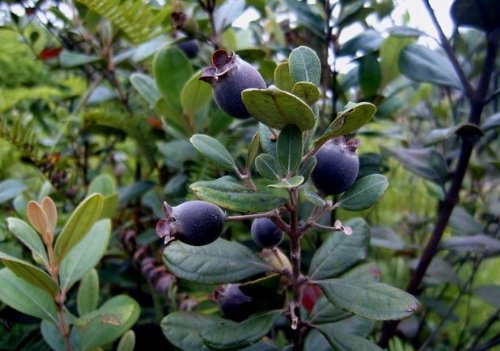
In the case of cuttings, they must be collected and planted in the summer. If it is seeds, they will accept spring sowing. It can also be advanced in the fall by protecting the seedlings during the winter.
What is the fruit of the myrtle?
The fruit of the myrtle is a berry known as murtón, which is generated in a bluish-black or white color, depending on the species. This fruit is edible, although its use has been oriented more than anything to the production of liquor.
How many types of myrtle are there?
There are 3 types of myrtle. The main one is Myrtus communis, which is the most common version of myrtle that exists and is recognized because it produces white fruits. Other less frequent types of myrtle are Myrtus Nivellei and Myrtus phyllireaefolia.
How does myrtle smell?
The smell of myrtle is very similar to that of lemon, although it is obviously much more subtle. This allows the entire environment where it is to be covered with this aroma that, indoors, can be refreshing and even therapeutic.
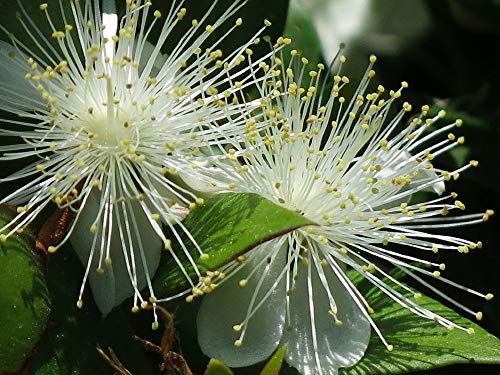
For this reason, it has been used in the cosmetological industry for the manufacture of perfumes, flavorings and incense. It is usually worked alone or in combination with other aromatic plants with which the aromas are enhanced.
How to take care of the myrtle bush?
Although it does require care, these are quite small and we will tell you about them below:
- Soil selection: it is capable of growing on land with normal garden characteristics.
- Irrigation: it is a plant that does better with drought than with excess water. It requires 3 weekly waterings in summer, especially on days when the heat is more extreme. In the spring and autumn seasons, a weekly watering will do you good. In winter you only have to apply a fortnightly irrigation.
- Pruning: it is not necessary to apply unless it is to fulfill a specific purpose such as the creation of hedges. In these cases, pruning can be applied in late winter.
- Subscriber: it is beneficial to apply fertilizers and fertilizations to achieve better growth. These must be distributed during the spring and summer.
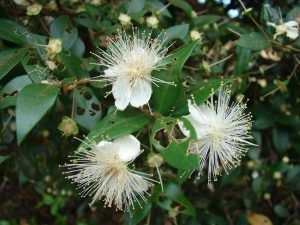 The myrtle is a plant with excellent properties to have within the species chosen for a home.
The myrtle is a plant with excellent properties to have within the species chosen for a home.
It can be said that it is one of those multifaceted plants that has been highly valued throughout history, since it was already valuable in ancient times.
In addition, their care is not so demanding and if they are used to form hedges, you would be taking advantage of all their properties twice. Have you already had any experience with a myrtle plant?
Do you know any other benefit that it is capable of contributing and that you want to share with us? we read you
Bibliographic references
- The Bravante myrtle (Myrica gale L.) as an alternative forest crop: a bibliographical review, T RUIZ TÉLLEZ, J BLANCO SALAS – Congresoforestal.es
- A wild population of Mirto (Myrtus Communis L., Myrtaceae Juss.) in Asturias (Spain), ER Rico, ÁB Sánchez, JAF Prieto – Bulletin of Sciences of the …, 2011 – dialnet.unirioja.es
- Evaluation of different levels of soil moisture and saline water on the root dynamics of myrtle plants in a hedgerow formation, J Ochoa, R Valdés, J Miralles… – XI Conference on…, 2013 – zonanosaturated.com
- Hardening of honeysuckle and myrtle by deficit irrigation and application of paclobutrazol, S Padilla Navarro – 2008 – repository.upct.es
- Palms, palms and myrtles on Costa Rican coins (1825-1951), JA VARGAS-ZAMORA, J Gómez-Laurito – … International Journal on …, 2006 – redalyc.org
- History of Plants in the Ancient World, SS Munguía, JT Ripa – 2009 – books.google.com

![Photo of Arid Climate: [Characteristics, Flora, Fauna and Adaptability]](https://www.complete-gardening.com/wp-content/uploads/2022/08/arid-climate-characteristics-flora-fauna-and-adaptability.gif)
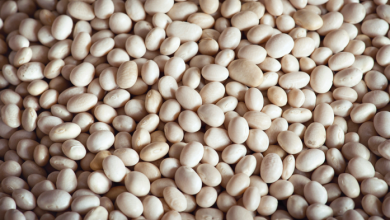
![Photo of Sansevieria: [Planting, Irrigation, Care, Transplantation and More]](https://www.complete-gardening.com/wp-content/uploads/2022/08/sansevieria-planting-irrigation-care-transplantation-and-more-390x220.jpg)
